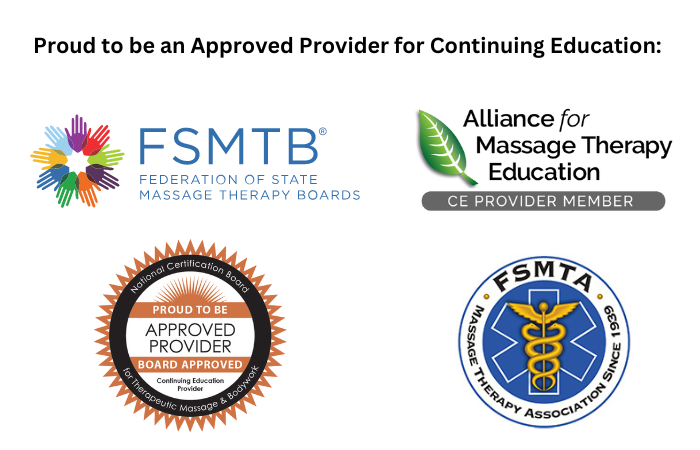
Tib-Fib Fixation & Knee Pain
From Essential MAT Assessments course One of the primary functions of the tib-fib synovial joint is to help dissipate lower leg torsional stresses during

From Essential MAT Assessments course One of the primary functions of the tib-fib synovial joint is to help dissipate lower leg torsional stresses during
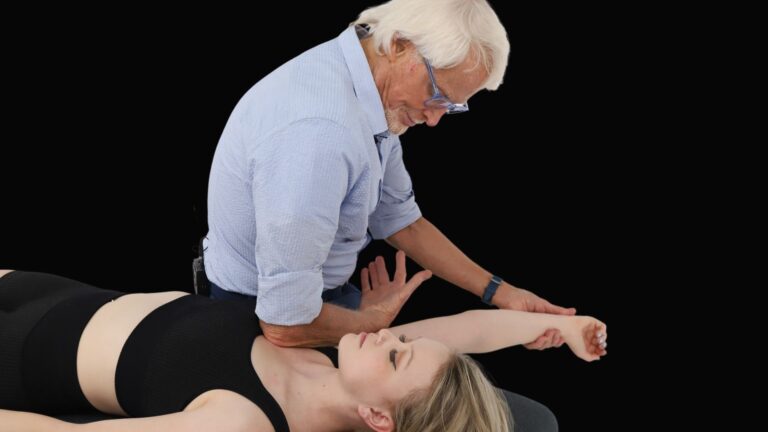
Efficiency of movement, pain reduction, and improved function are the desired outcomes of most types of manual and exercise-based therapies, yet we’ve all seen how tension, trauma, and even overly aggressive bodywork can…

Homolateral gait, righting reflexes, and neck strain Before an infant learns to crawl, he moves using homolateral movements, which involve one side of the body,
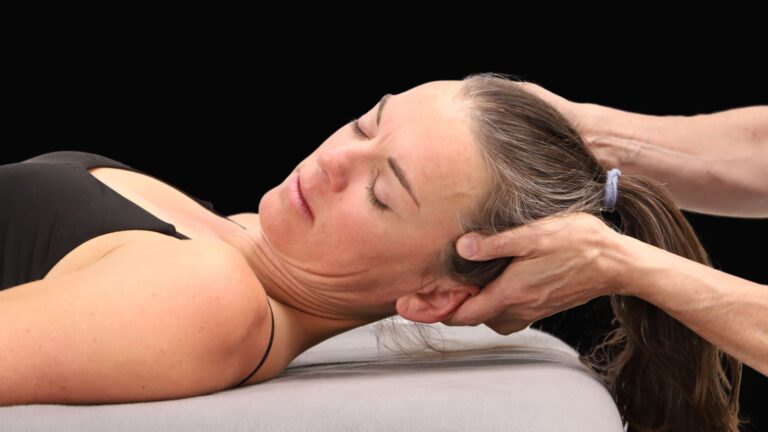
A Case Study Luke was referred by his personal trainer for neck mobility issues resulting from a direct blow to his left shoulder during football
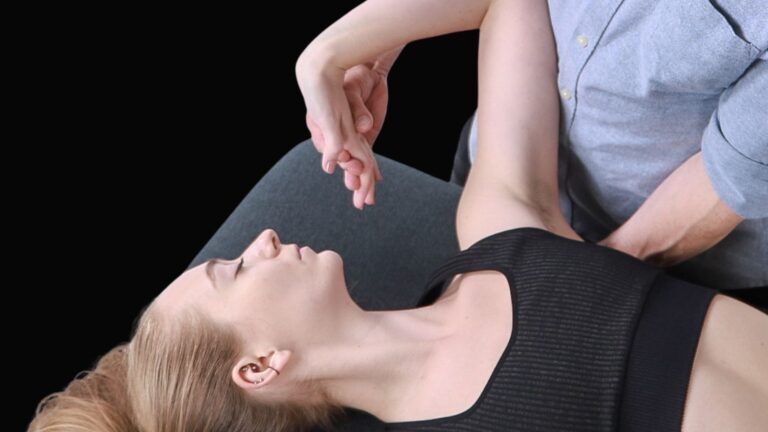
Artists, bodyworkers, computer programmers, and writers are among those who suffer from overuse syndromes such as carpal tunnel syndrome (CTS). Although most of us have developed hands-on skills for relieving median nerve compression as it passes under the transverse carpal ligament, I believe the treatment can be enhanced by…

Clients with nonspecific low back pain may be experiencing mechanical wear and tear of the zygapophyseal joints, located in the posterior…
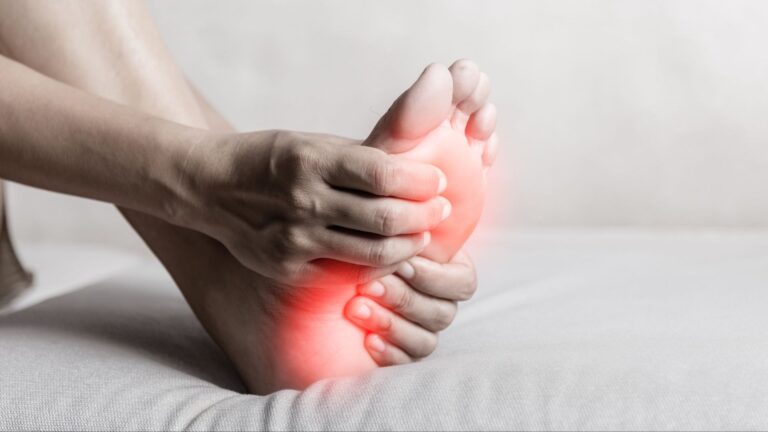
The plantar fascia is more than just a passive band of connective tissue originating at the calcaneal lip and attaching distally to the toes…
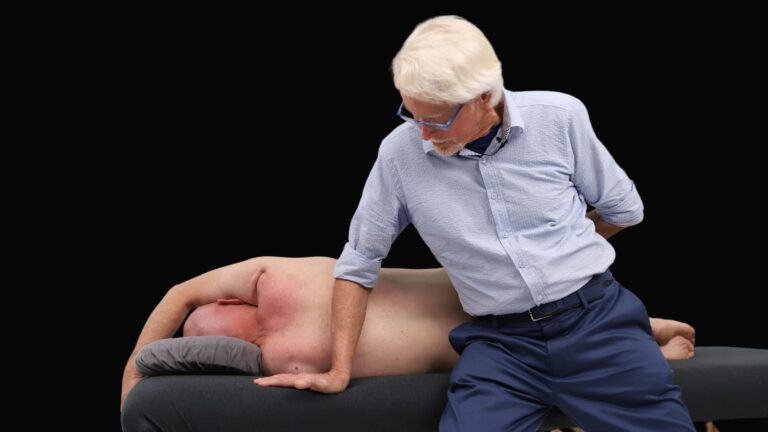
Treating Kinetic Chain Kinks Recent manual and movement therapy blogs tout the importance of thoracic spine (t-spine) mobility as if it were a new discovery.
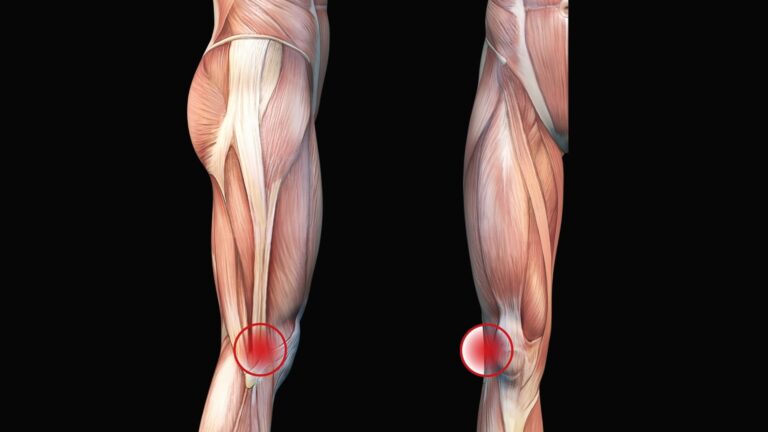
A case of mistaken identity!
A 44-year-old orthopedist, who we’ll call Dr. Smith, was referred to me complaining of eight months of debilitating, self-diagnosed, IT-band friction pain. During his history intake, he admitted suffering sporadic foot, hip and low back soreness but dismissed these issues as “unrelated.”
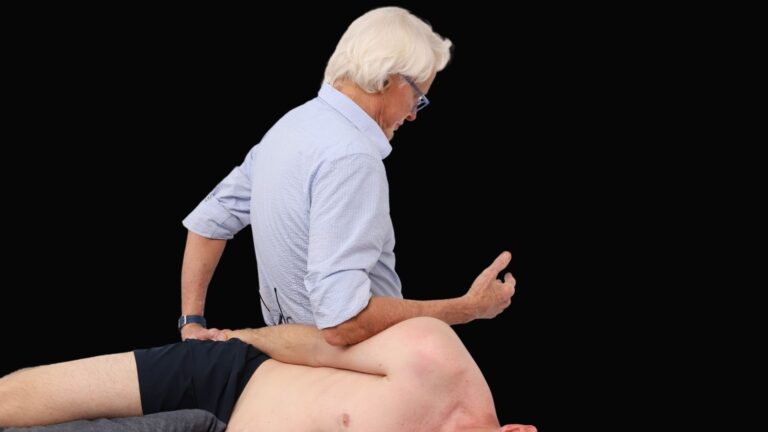
https://vimeo.com/219744041 From Shoulder, Arm & Hand course Ideal shoulder girdle balance requires that some muscles act as stabilizers and others as mobilizers, depending on joint position and
Free subscription to the Technique Tuesday newsletter. Sign up to receive an in-depth article and technique video in your inbox every Tuesday.
